Algebra Functions Worksheets
Algebra functions worksheets are a valuable tool for students learning about equations, variables, and graphing. These worksheets provide an organized and structured way for students to practice and reinforce their understanding of algebraic concepts. With clear instructions and a variety of problems, these worksheets effectively engage students and help them develop proficiency in solving algebraic equations and analyzing functions.
Table of Images 👆
- Graphing Quadratic Functions Worksheet
- Finding Slope of Line Worksheet
- 7th Grade Math Worksheets
- Exponents
- Slope Y-Intercept Worksheets
- Linear Equations Slope-Intercept Worksheets
- Adding and Subtracting Radicals Worksheet
- Evaluating Algebraic Expressions Worksheets
- Trigonometry Word Problems Worksheet
- Properties of Logarithms Algebra 2 Worksheet Answers
- One Step Inequalities Worksheet
- Domain Range Graph Worksheet with Answers
- College Algebra Log Table
- Number Pattern Worksheet for 3rd Grade
- Solving Algebra Equations
More Other Worksheets
Kindergarten Worksheet My RoomSpanish Verb Worksheets
Cooking Vocabulary Worksheet
DNA Code Worksheet
Meiosis Worksheet Answer Key
Art Handouts and Worksheets
7 Elements of Art Worksheets
All Amendment Worksheet
Symmetry Art Worksheets
Daily Meal Planning Worksheet
What is the definition of a function?
A function is a mathematical relationship that maps each input value to exactly one output value. It is typically represented by an equation or rule that defines how the input values are transformed into output values. In simpler terms, a function assigns a unique output value for every input value within its domain. Functions are essential in mathematics, physics, computer science, and various other fields for modeling relationships and making predictions.
How do you determine the domain of a function?
To determine the domain of a function, you need to identify all possible input values that the function can accept without causing any mathematical inconsistencies, such as division by zero or finding the square root of a negative number. The domain of a function is essentially the set of all valid input values that the function can operate on to produce meaningful output. It is important to consider any restrictions or limitations on the input variables based on the mathematical operations involved in the function.
What is the range of a function?
The range of a function is the set of all possible output values that the function can produce when given input values from its domain. It essentially represents all the values that the function can attain.
How do you evaluate a function at a specific value?
To evaluate a function at a specific value, you simply substitute that value into the function's expression in place of the independent variable. You then perform the necessary calculations to find the result. This process allows you to determine the output or the dependent variable's value for a given input or the independent variable.
How can you determine if a relation is a function?
To determine if a relation is a function, you need to check if each input in the domain corresponds to exactly one output in the range. This means that each x-value can only be paired with one y-value. If there is any x-value that has multiple y-values, then the relation is not a function. One way to test this is by plotting the points on a graph and using the vertical line test – if a vertical line intersects the graph in more than one point, then the relation is not a function.
What are the different types of functions?
There are several types of functions, including linear functions, quadratic functions, cubic functions, exponential functions, logarithmic functions, trigonometric functions, and piecewise functions. Each type of function has unique characteristics and can be used to model various relationships in mathematics and real-world applications.
How do you find the inverse of a function?
To find the inverse of a function, switch the roles of the input and output variables and then solve for the new output variable. This involves swapping x and y in the original function, and then solving for y. The resulting expression is the inverse function of the original function. It is important to ensure that the original function is one-to-one in order to have a valid inverse function.
How can you determine if a function is even or odd?
To determine if a function is even or odd, you can use the properties of even and odd functions. A function is even if f(x) = f(-x) for all x in the domain, meaning the function is symmetric about the y-axis. On the other hand, a function is odd if f(x) = -f(-x) for all x in the domain, indicating rotational symmetry about the origin. By checking if these conditions hold true for a given function, you can determine if it is even, odd, neither, or both.
What is the significance of the horizontal and vertical asymptotes of a function?
Horizontal and vertical asymptotes of a function are important because they help us understand the behavior of the function as we approach certain values. Horizontal asymptotes indicate the behavior of the function as x approaches positive or negative infinity, providing insight into the long-term trends of the function. Vertical asymptotes, on the other hand, occur where the function approaches infinity or negative infinity as x approaches a specific value, highlighting areas of discontinuity or sharp changes in the function's behavior. Together, these asymptotes help us analyze and interpret the overall shape and characteristics of the function.
How can you graph a function and identify its key features?
To graph a function and identify its key features, start by plotting points on a coordinate plane using the function's equation. Look for the x- and y-intercepts, any symmetry in the graph, and any asymptotes. Determine the domain and range of the function, as well as any maxima, minima, or points of inflection. Analyze the behavior of the function as x approaches infinity or negative infinity. Finally, consider the concavity of the graph to identify any regions of increasing or decreasing values.
Have something to share?
Who is Worksheeto?
At Worksheeto, we are committed to delivering an extensive and varied portfolio of superior quality worksheets, designed to address the educational demands of students, educators, and parents.





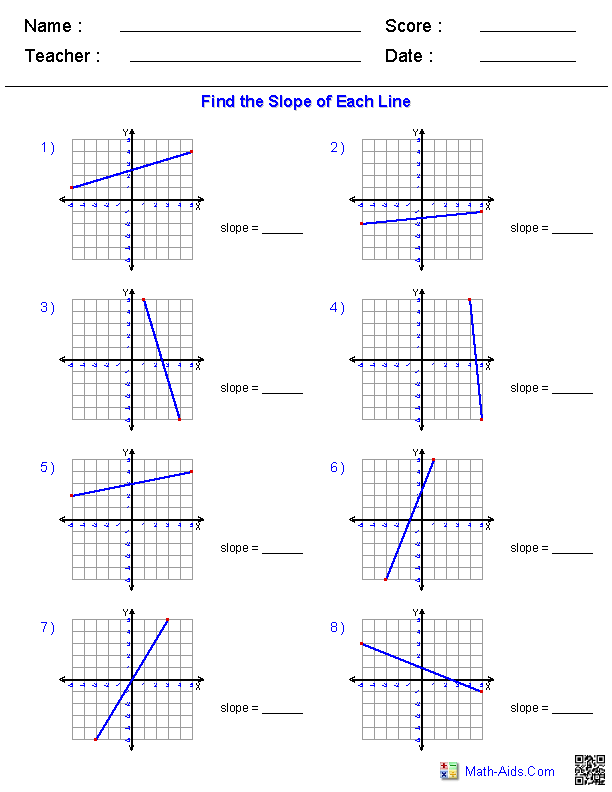
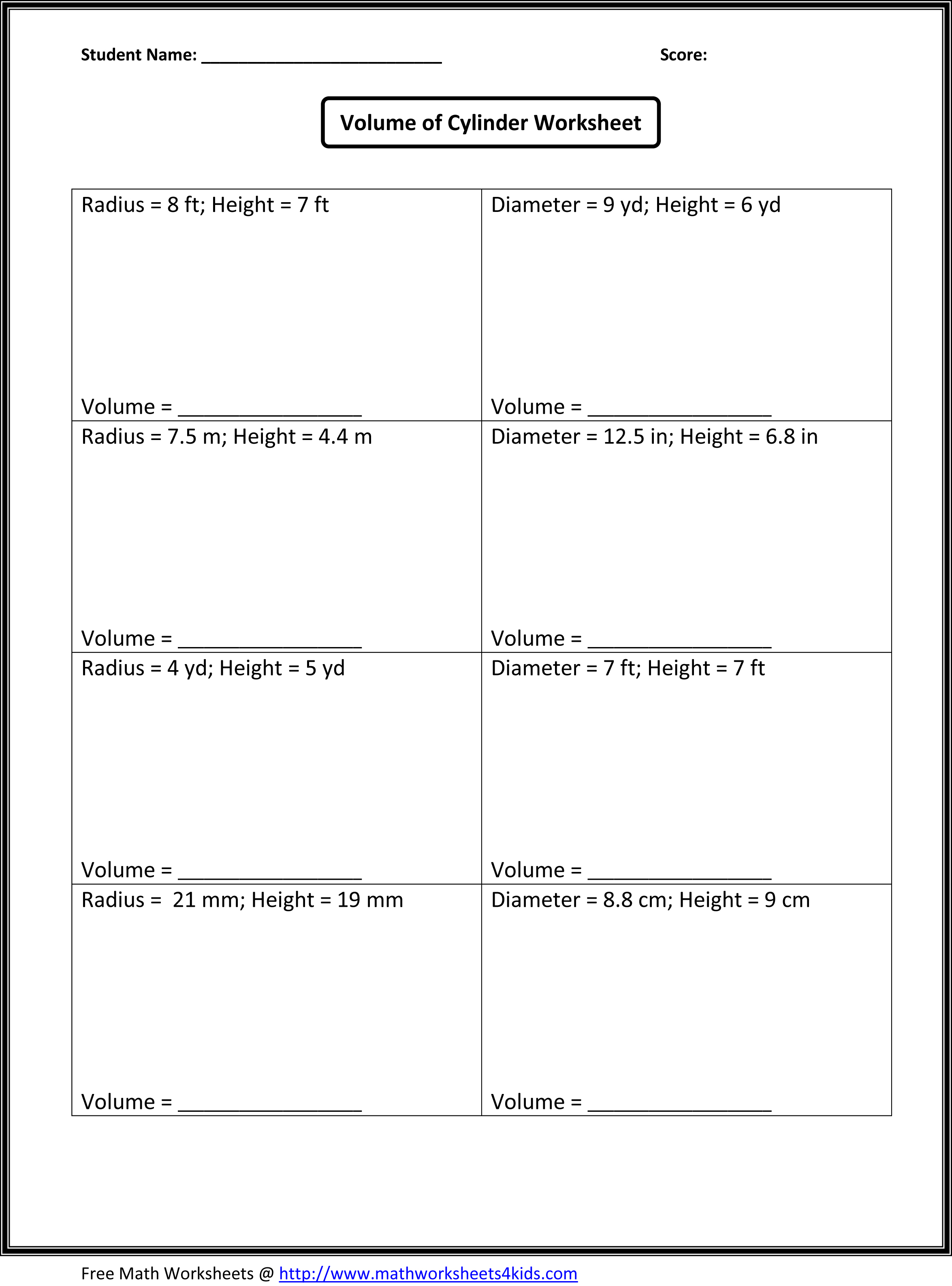
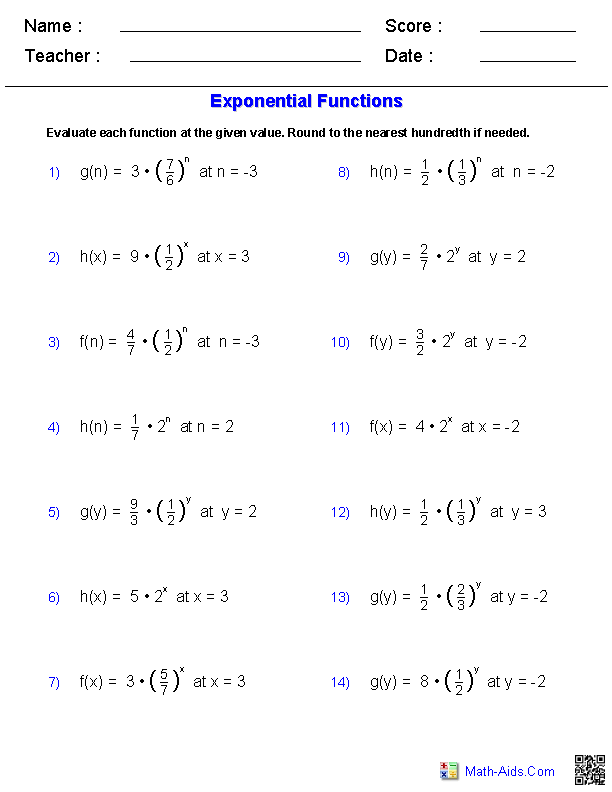
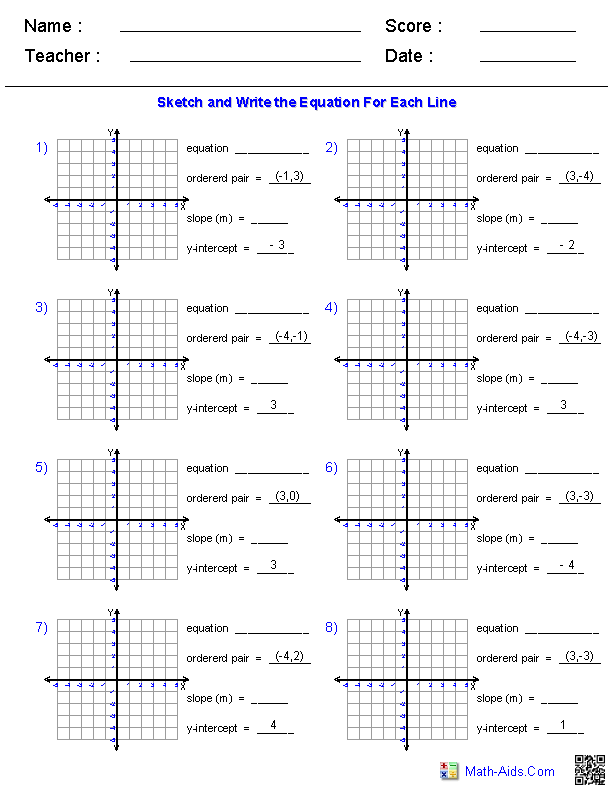
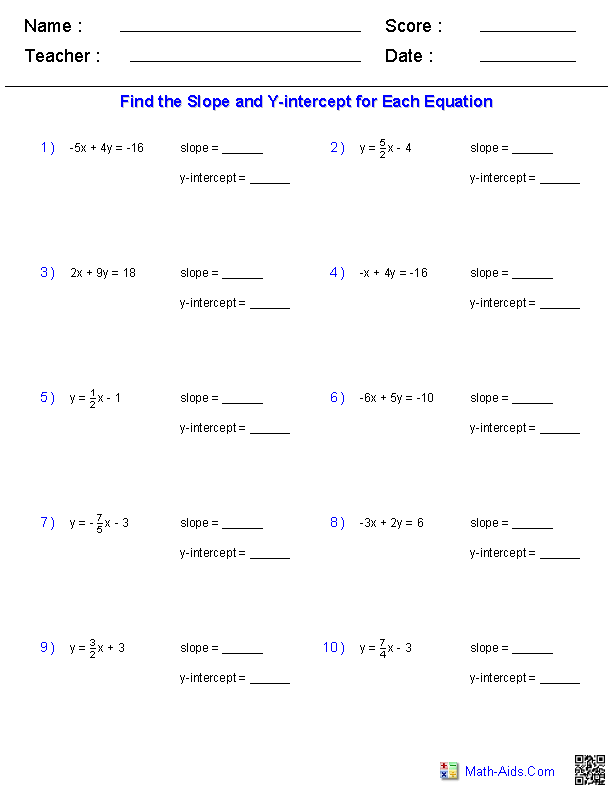
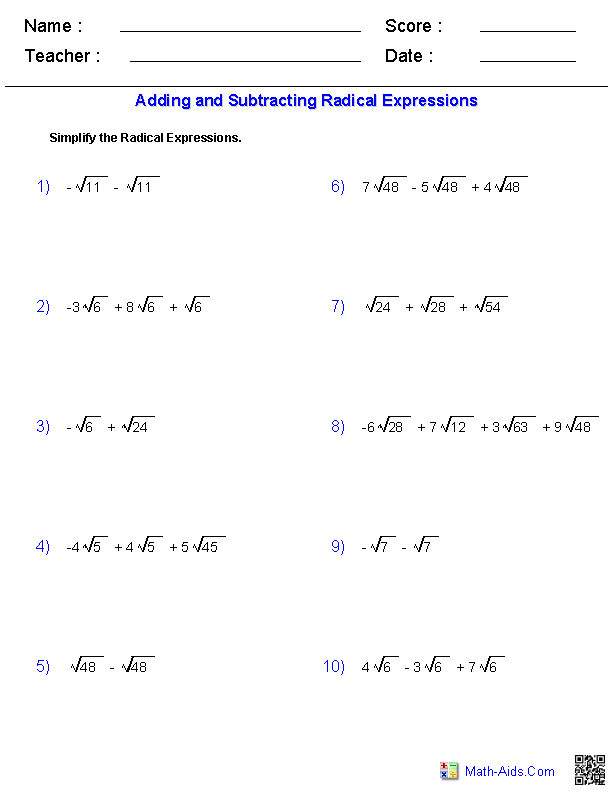
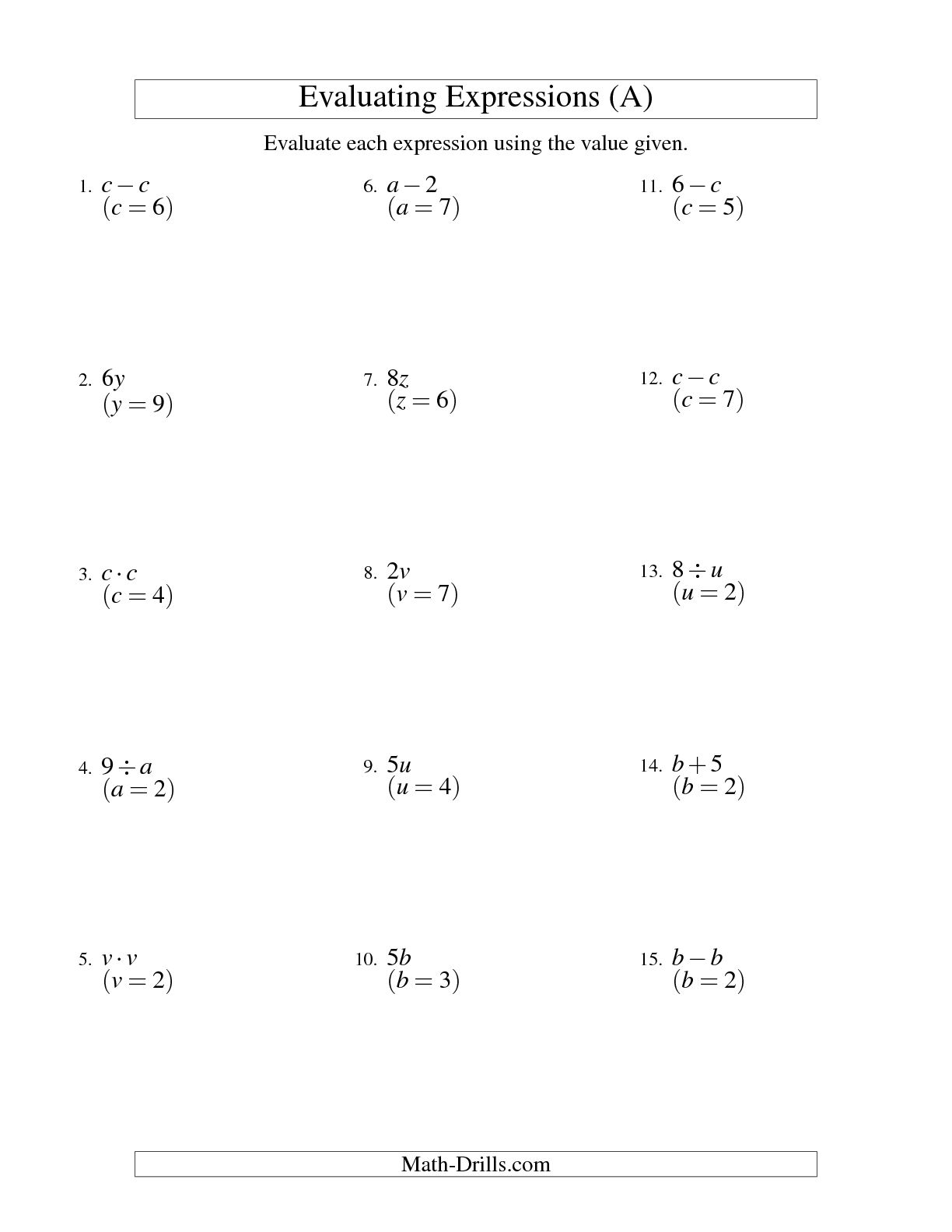
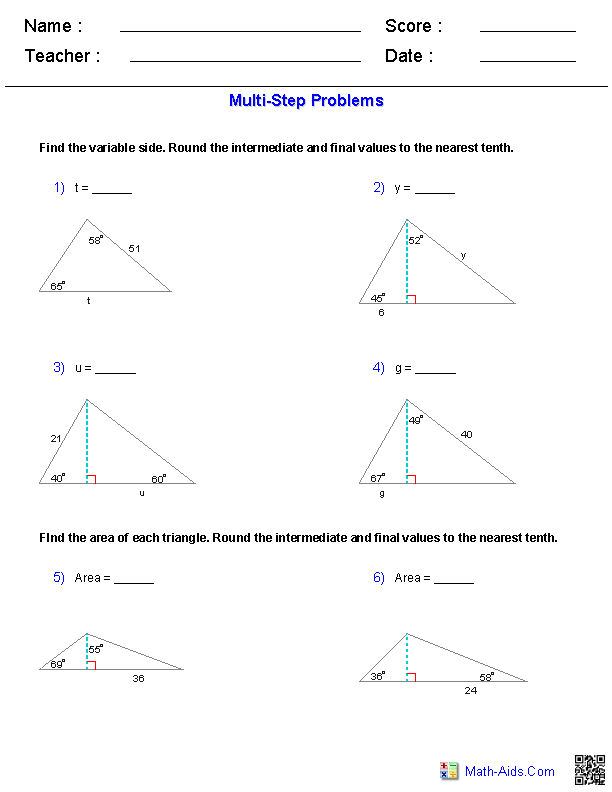

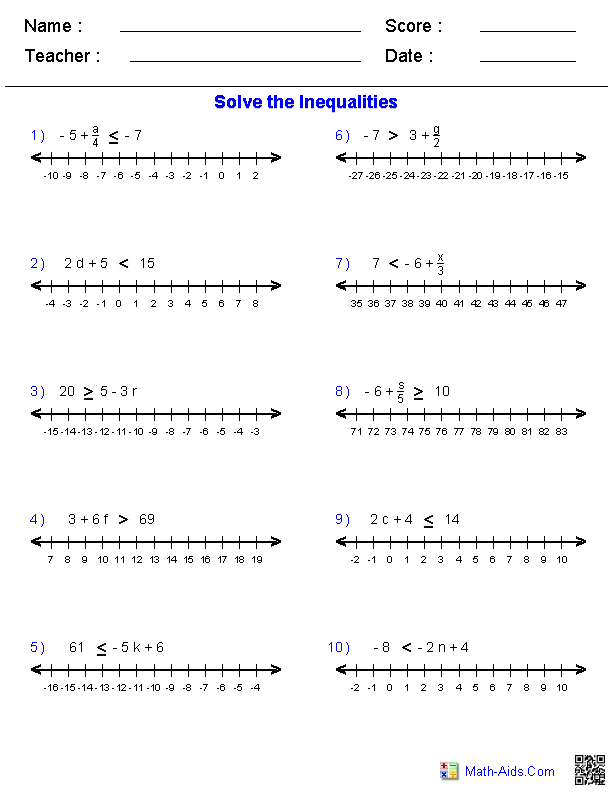
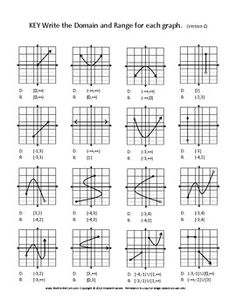
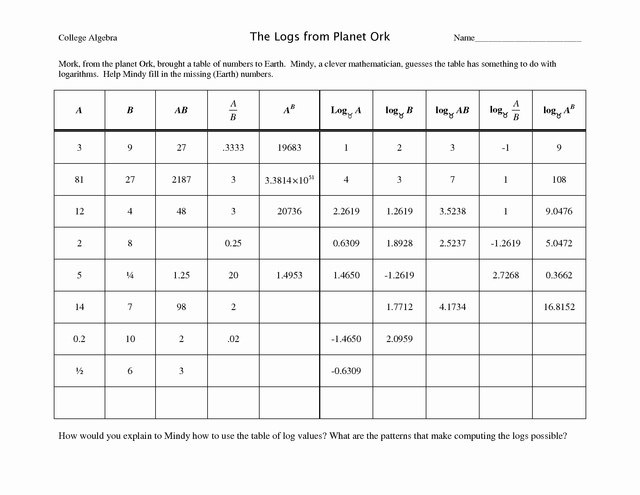
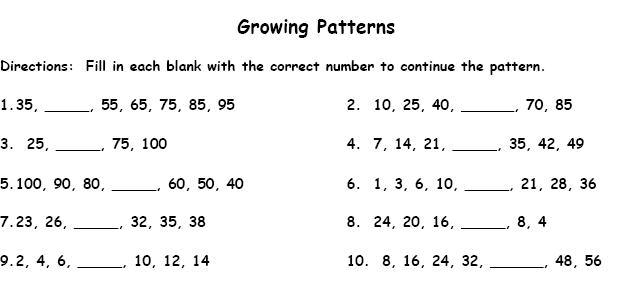














Comments